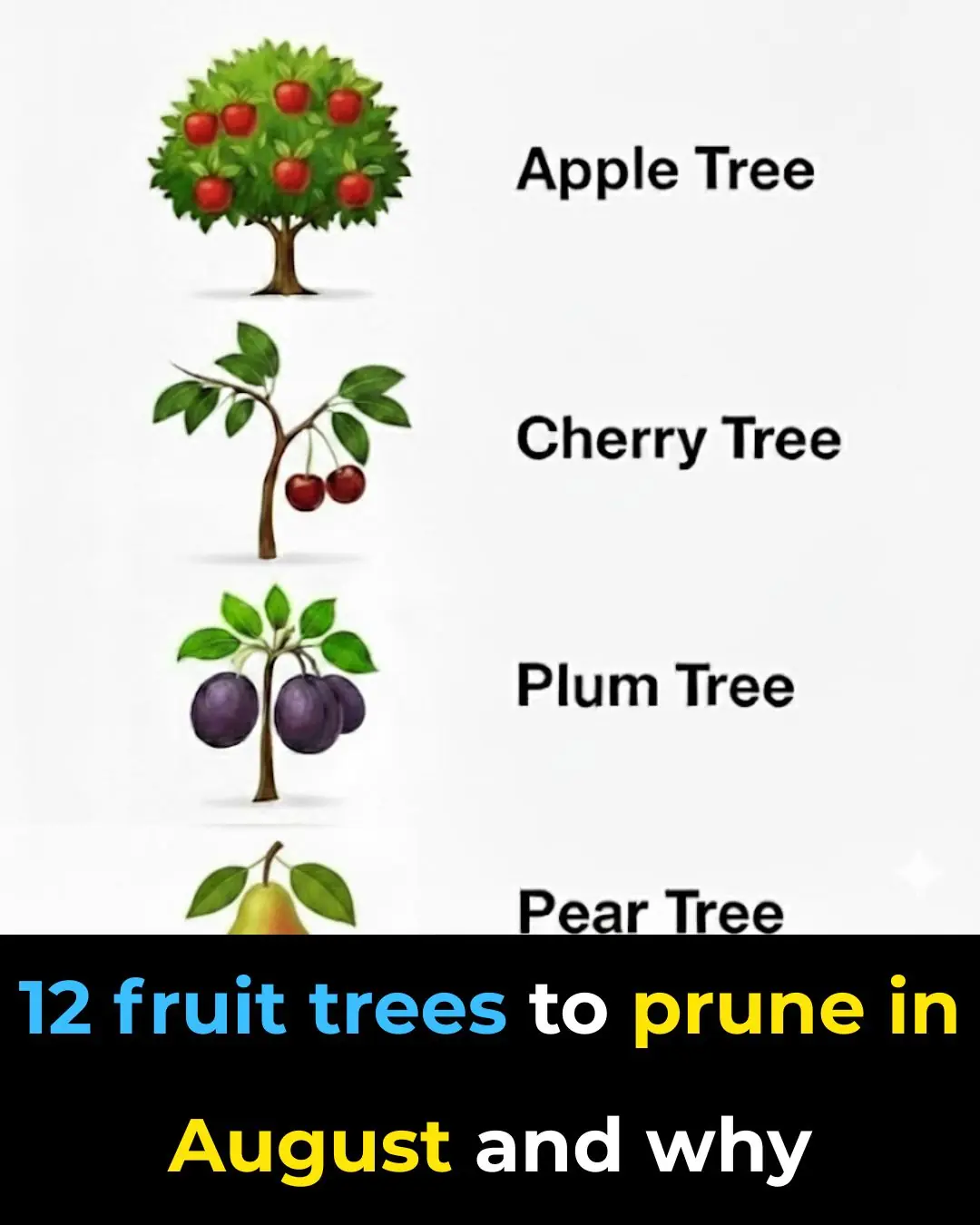
The #1 mineral deficiency linked to strokes (and how to fix it)
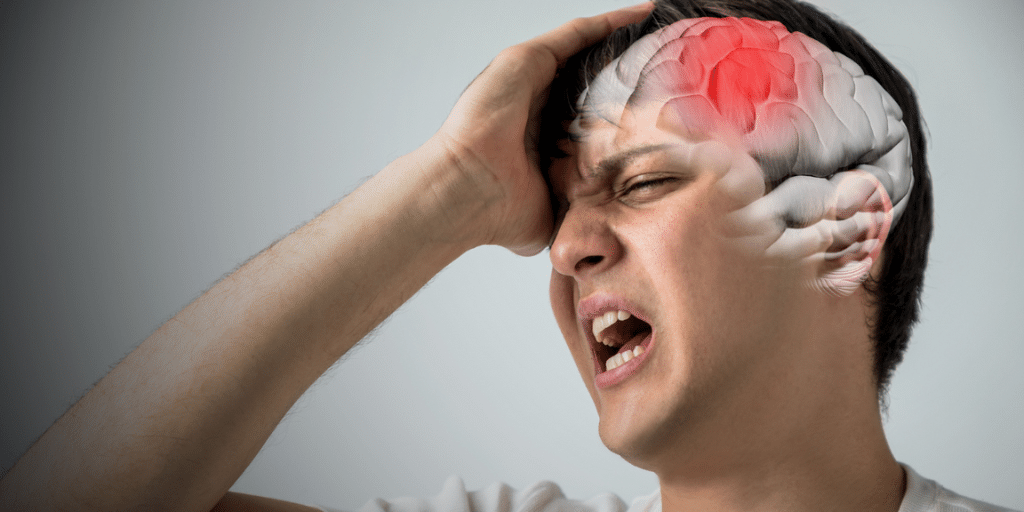
Strokes remain one of the leading causes of death and long-term disability worldwide, striking millions of people each year. Yet, few realize that a simple mineral imbalance—something entirely within your control—could be silently increasing your risk.
When I talk with my patients about stroke prevention, they often expect to hear about blood thinners, genetics, or cholesterol. What surprises them most is learning that a common mineral deficiency—one that most of us can correct through diet—can dramatically lower their risk of both heart disease and stroke.
In this article, we’ll explore how strokes occur, why high blood pressure is the real culprit, and the one mineral that has an outsized impact on keeping your arteries—and your brain—safe. You’ll also discover practical ways to optimize your intake, backed by the latest research from experts like Dr. Brad Stanfield and other leaders in cardiovascular health.
This isn’t about medical jargon or prescriptions. It’s about understanding your body and using simple, evidence-based steps to protect it.
Key Takeaways
-
High Blood Pressure: The Hidden Driver
Hypertension is the most significant—but controllable—risk factor for both ischemic and hemorrhagic strokes. Over half of all strokes are linked directly to high blood pressure. -
Potassium: The Unsung Hero
A deficiency in potassium, an essential mineral and electrolyte, is a common yet easily reversible cause of hypertension. -
A New Gold Standard for Safety
The latest clinical trials show that maintaining systolic blood pressure below 120 mmHg, not 140, dramatically reduces your risk of stroke and cardiovascular death. -
Food Is Your Medicine
The best way to increase potassium isn’t with pills—it’s through real, potassium-rich foods that nourish your heart, kidneys, and blood vessels.
1. What Exactly Is a Stroke?

Before we look at prevention, it’s crucial to understand what a stroke actually is. Broadly, there are two main types:
-
Ischemic Stroke (≈87% of cases):
This occurs when a blood vessel in the brain becomes blocked, cutting off oxygen and nutrients. The blockage often results from atherosclerosis—a buildup of fatty plaque in the arteries that narrows blood flow. A tiny piece of this plaque or a blood clot can break loose, travel to the brain, and block circulation, damaging brain cells within minutes. -
Hemorrhagic Stroke:
Less common but often more deadly, this type happens when a weakened blood vessel ruptures and leaks blood into surrounding brain tissue. The resulting pressure damages brain cells and can lead to sudden loss of function or consciousness.
Both types share a common root cause: damage to your blood vessels, and the most potent driver of that damage is—once again—high blood pressure.
2. High Blood Pressure: The Real Culprit Behind Strokes
Think of your arteries as delicate, flexible tubes designed to carry blood smoothly. When your blood pressure stays high for years, that constant force is like water pressure against a fragile hose—eventually, it causes wear and tear.
Over time, this pressure weakens the artery walls, promotes inflammation, and encourages plaque buildup (atherosclerosis). When those plaques rupture, they can trigger clots and ischemic strokes. If the pressure gets too intense, vessels may rupture, leading to hemorrhagic strokes.
The statistics are alarming:
-
Roughly 51% of all strokes are directly related to high blood pressure.
-
In the long-running Framingham Heart Study, people with hypertension were up to 30 times more likely to suffer a stroke.
-
A massive meta-analysis of over one million participants found that every 20-point rise in systolic pressure doubles stroke mortality risk.
But here’s the hopeful part: even a modest 10-point reduction in blood pressure can lower your stroke risk by nearly 30%—and one mineral, in particular, can help you get there.
3. The Overlooked Mineral: Potassium’s Hidden Power
If sodium is the villain, potassium is its counterbalance. This vital mineral regulates your body’s fluid balance, nerve signals, and muscle contractions—including those in your heart and blood vessels.
In simple terms, potassium helps your kidneys flush out excess sodium, reducing water retention and easing strain on artery walls. It also helps relax blood vessel walls, lowering blood pressure naturally.
Studies show that even healthy individuals experience a noticeable rise in blood pressure after just nine days on a low-potassium diet. Conversely, a landmark review of 22 randomized trials found that increasing potassium intake can reduce systolic blood pressure by 3.5 points—and in some people, even more.
4. How Much Potassium Do You Need—and Why It Matters
The ideal potassium range for most adults is 3,500–4,700 mg per day. Achieving this level can lower systolic blood pressure by up to 7 points—a change that translates to 27% less risk of stroke.
Potassium works by maintaining a healthy sodium-to-potassium ratio in your cells. Unfortunately, modern diets—high in processed foods and low in produce—flip this ratio upside down. Our ancestors consumed roughly 10 times more potassium than sodium, while most modern diets now contain twice as much sodium as potassium.
Rebalancing this ratio through whole foods can dramatically improve cardiovascular health, kidney function, and even insulin sensitivity.
5. The Salt Substitute Breakthrough
One of the most striking pieces of evidence for potassium’s power comes from a large, multi-year clinical trial in China.
Researchers studied over 20,000 individuals who had already suffered a stroke or had high blood pressure. Participants were divided into two groups: one used regular salt (100% sodium chloride), and the other used a salt substitute containing 75% sodium chloride and 25% potassium chloride.
After five years, the results were stunning:
-
The salt substitute group experienced 14% fewer recurrent strokes.
-
For hemorrhagic strokes, the reduction was an astonishing 33%.
-
Overall cardiovascular deaths fell significantly.
This simple substitution—using potassium-enriched salt—proved to be a low-cost, high-impact intervention with life-saving benefits.
6. Building a Potassium-Rich Plate
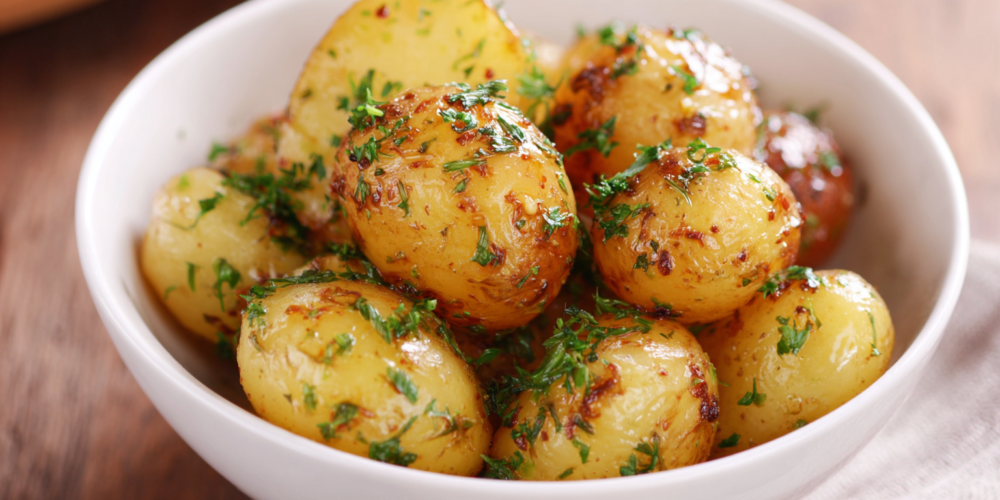
The safest, most effective way to reach optimal potassium levels is through your diet—not supplements. Over-the-counter potassium pills are often limited to low doses due to safety concerns, especially for people with kidney issues.
Here’s how to eat your way to better blood pressure:
-
🥬 Leafy Greens: Spinach, kale, and Swiss chard are rich in potassium and magnesium.
-
🥔 Root Vegetables: Sweet potatoes, white potatoes (with skin), and beets are excellent choices.
-
🍌 Fruits: Beyond bananas (450 mg each), try avocados, oranges, apricots, and cantaloupe.
-
🫘 Legumes: Lentils, kidney beans, and edamame are nutrient-dense and fiber-rich.
-
🐟 Fish: Salmon, halibut, and tuna supply potassium along with heart-healthy omega-3s.
-
🥛 Dairy: Yogurt and milk provide both potassium and calcium for blood vessel integrity.
Following the DASH diet (Dietary Approaches to Stop Hypertension), which emphasizes these foods, has been shown to reduce stroke risk by up to 12% and improve overall cardiovascular resilience.
7. Rethinking “Normal”: The New Blood Pressure Target
For decades, many doctors reassured patients that a blood pressure reading under 140/90 mmHg was “good enough.” But the science has evolved—and that old target no longer holds up.
The landmark SPRINT study, which followed more than 9,000 participants, found that aiming for a systolic blood pressure below 120 reduced the risk of heart attack, stroke, and death by 27% compared to the 140 target. The findings were so compelling that the study ended early.
A more recent trial in China involving over 11,000 adults confirmed the results: achieving systolic blood pressure under 120 led to a 21% reduction in all-cause mortality.
The takeaway is clear: “normal” blood pressure doesn’t mean “optimal.” The new gold standard for most adults is around 120/80 mmHg—and getting there naturally is both possible and powerful.
8. Putting It All Together: A Simple Blueprint for Stroke Prevention
Here’s how to make potassium and blood pressure control part of your daily life:
-
Check Your Blood Pressure Regularly. Home monitors are inexpensive and reliable.
-
Eat Real Food. Focus on fruits, vegetables, beans, and fish; minimize processed foods and added salt.
-
Stay Active. Regular exercise enhances circulation and supports healthy vascular tone.
-
Limit Alcohol and Manage Stress. Both raise blood pressure and weaken artery walls over time.
-
Hydrate Well. Proper hydration helps your kidneys balance sodium and potassium levels.
Conclusion: A Simple, Lifesaving Shift
Preventing a stroke doesn’t have to be complex or expensive. By understanding how blood pressure affects your arteries and correcting a common potassium deficiency, you can profoundly improve your long-term health.
Make it a daily goal to include more potassium-rich, whole foods, monitor your blood pressure, and aim for that safer target of 120/80. Small, consistent steps like these can dramatically reduce your risk of stroke, keep your brain sharp, and help you live longer—naturally.
Your heart and your brain will thank you for it. 🫀🧠
News in the same category

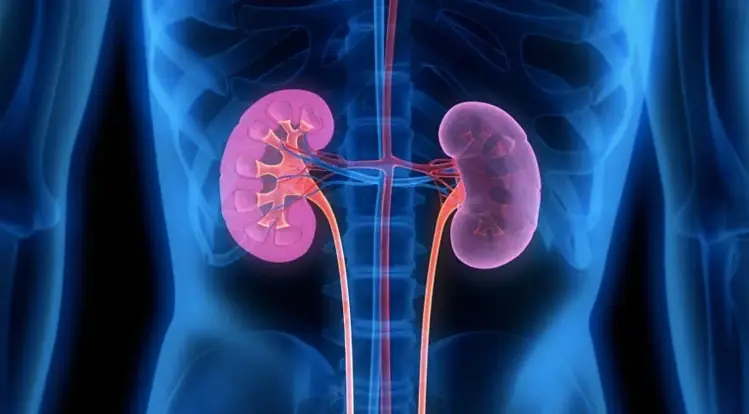
5 Signs of Kidney Failure That, If Ignored, Could Lead to a Lifetime of Dialysis
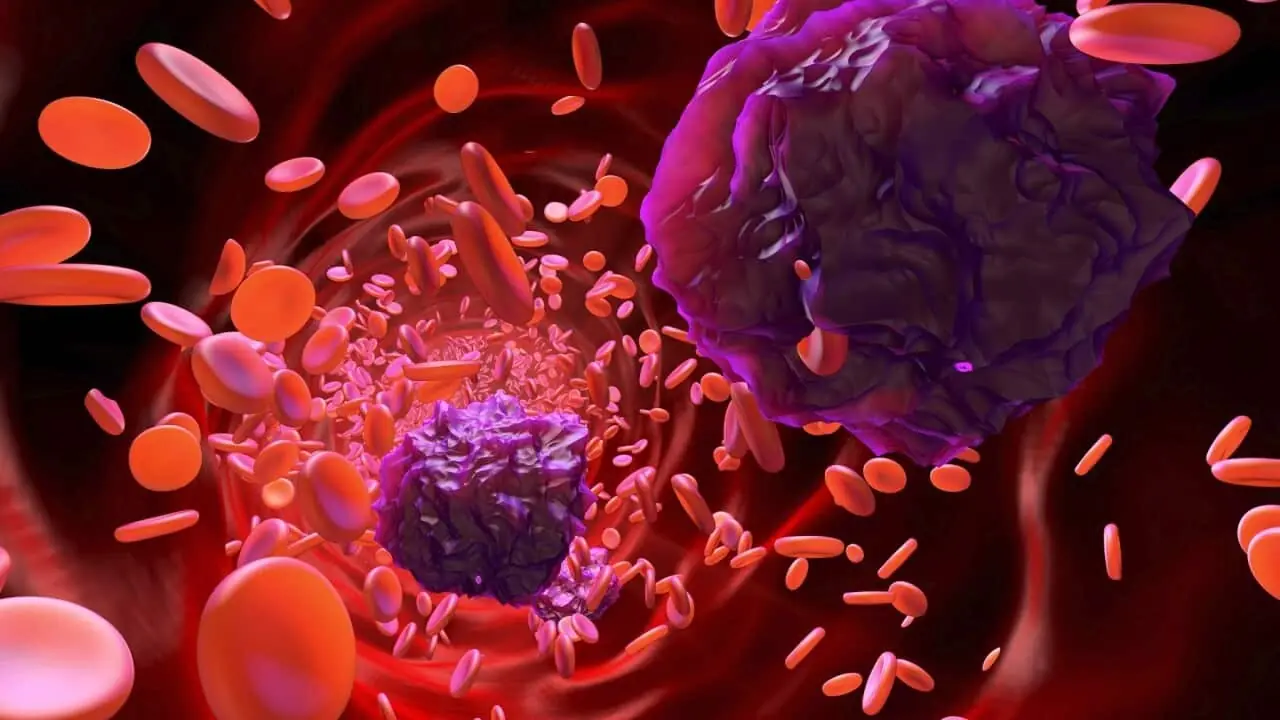
Is Cancer Hereditary? Useful Advice to Prevent the Growth of Cancer Cells
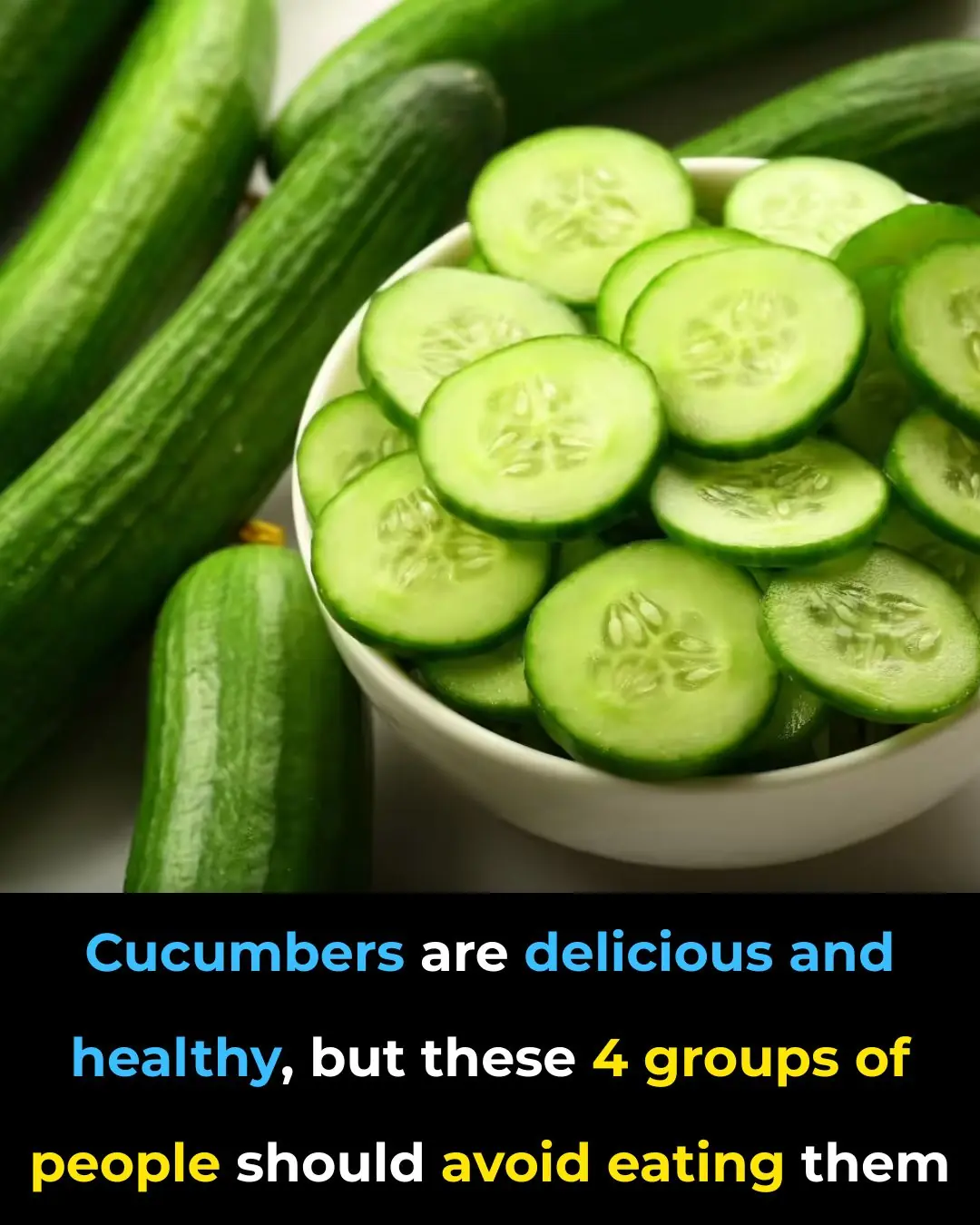
4 types of people who should avoid eating cucumbers

10 Warning Signs It’s Time to Cut Back on Caffeine

Legs Feeling Weak? These 3 Drinks Can Bring Back Your Strength
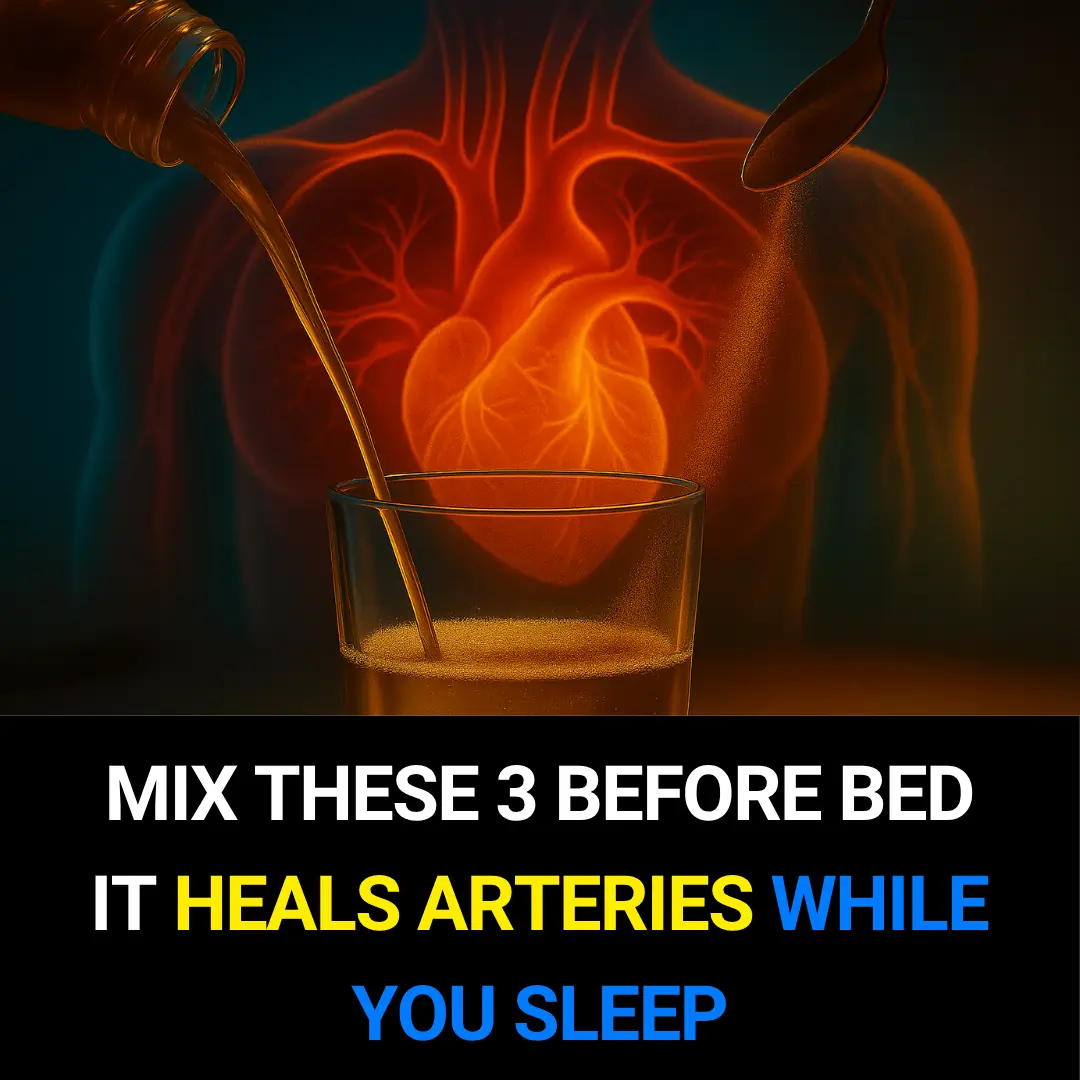
Mix These 3 Before Bed — They Help Heal Your Arteries While You Sleep
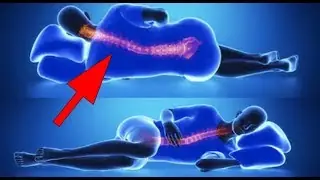
Stop Sleeping Like This — It’s Ruining Your Spine!
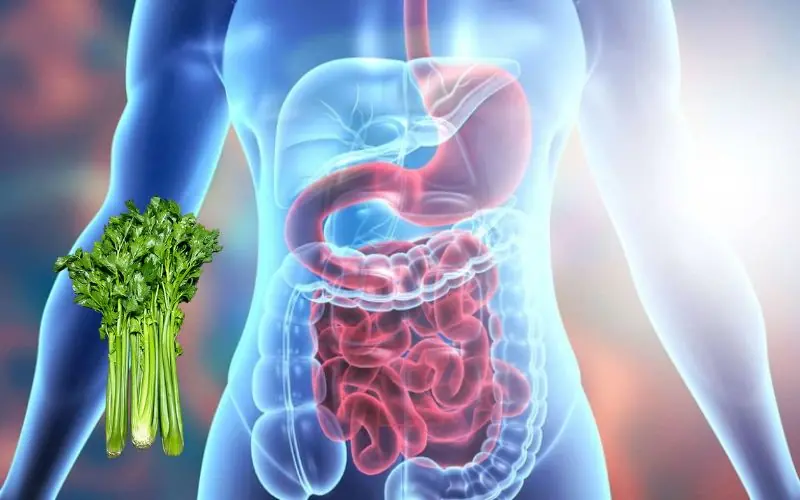
Eat Celery Regularly for a Healthier Digestive System and Lower Blood Sugar Levels
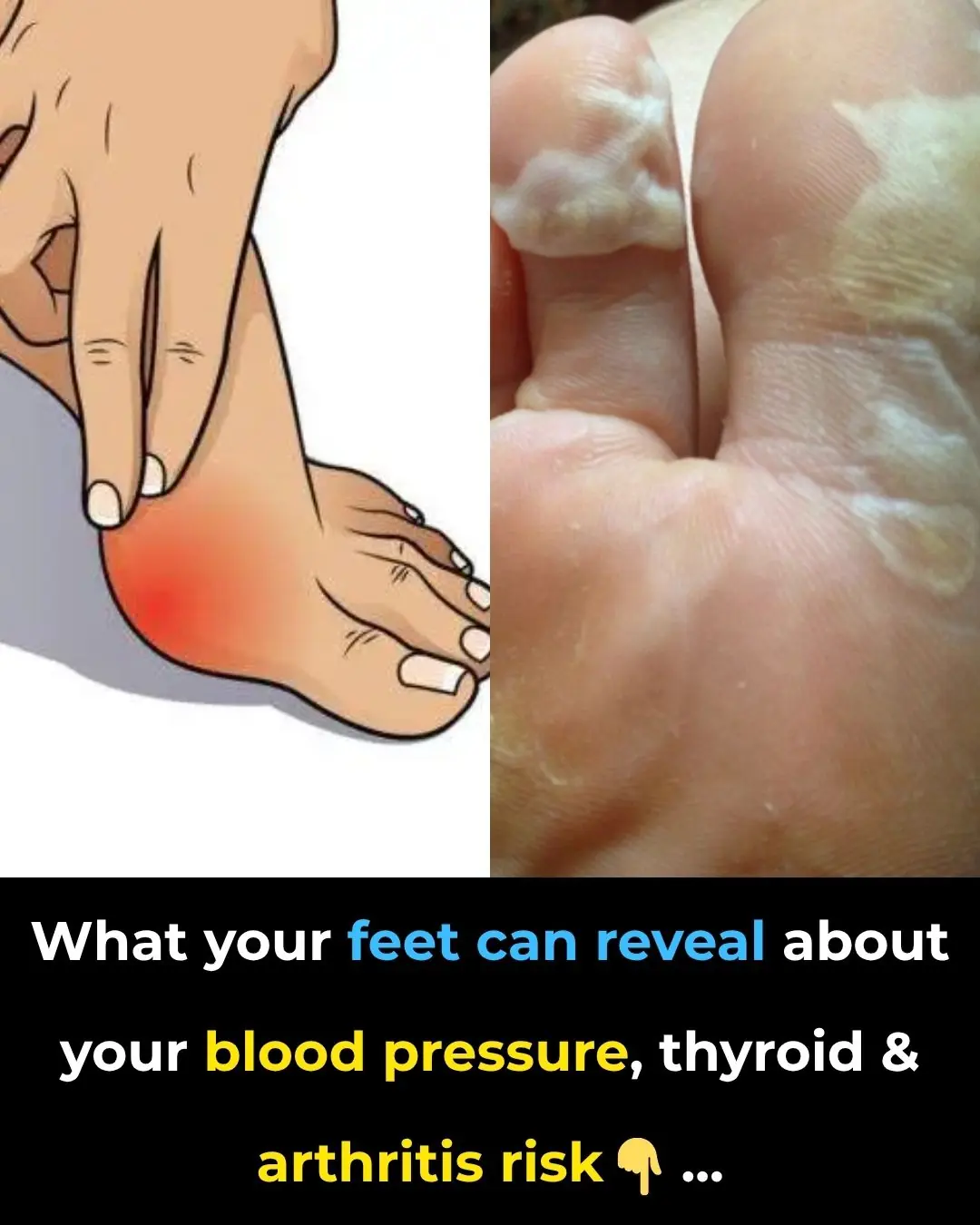
What Your Feet Can Reveal About Your Blood Pressure, Thyroid And Arthritis Risk
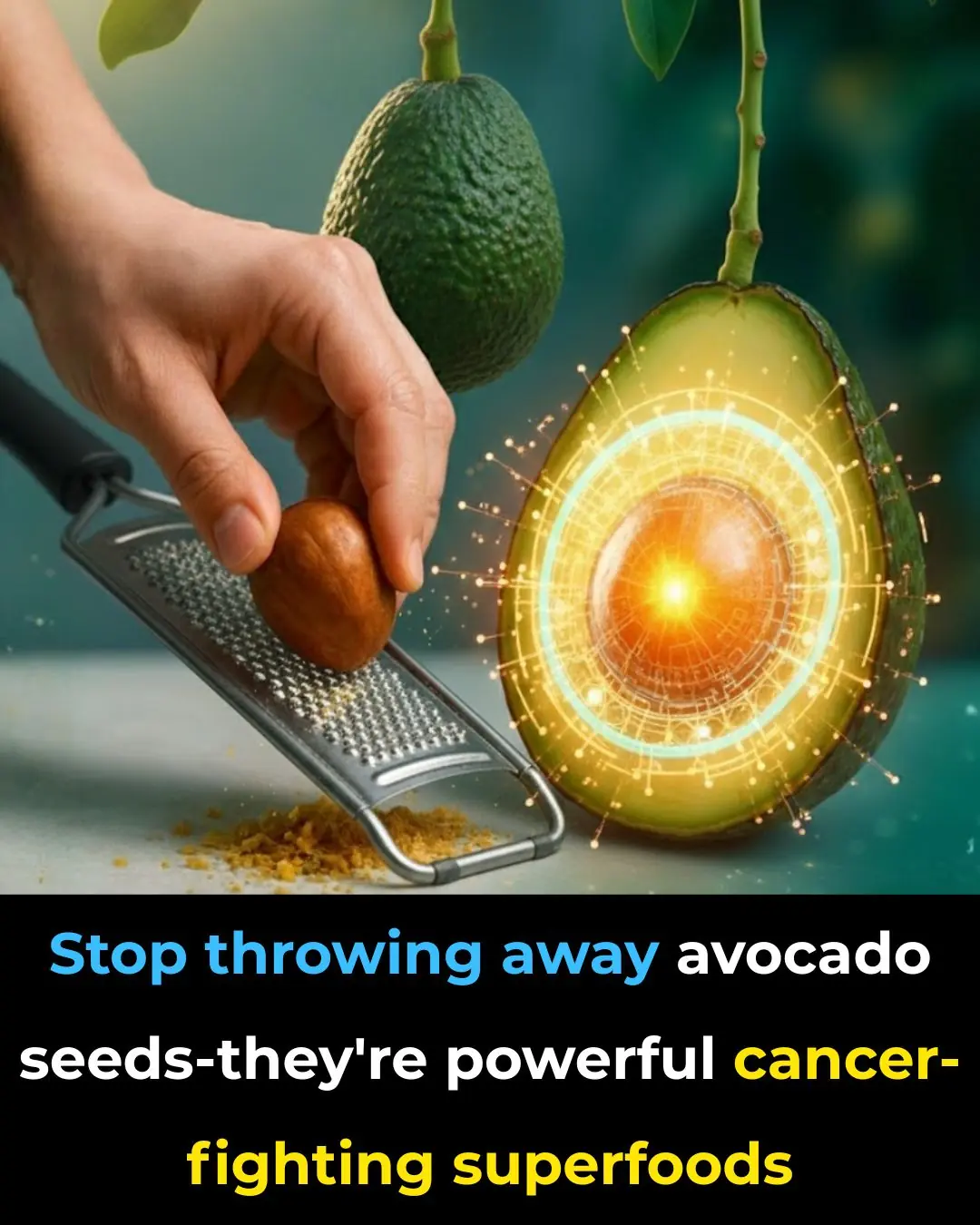
Stop Throwing Away Avocado Seeds: They’re Potent Cancer Fighters!
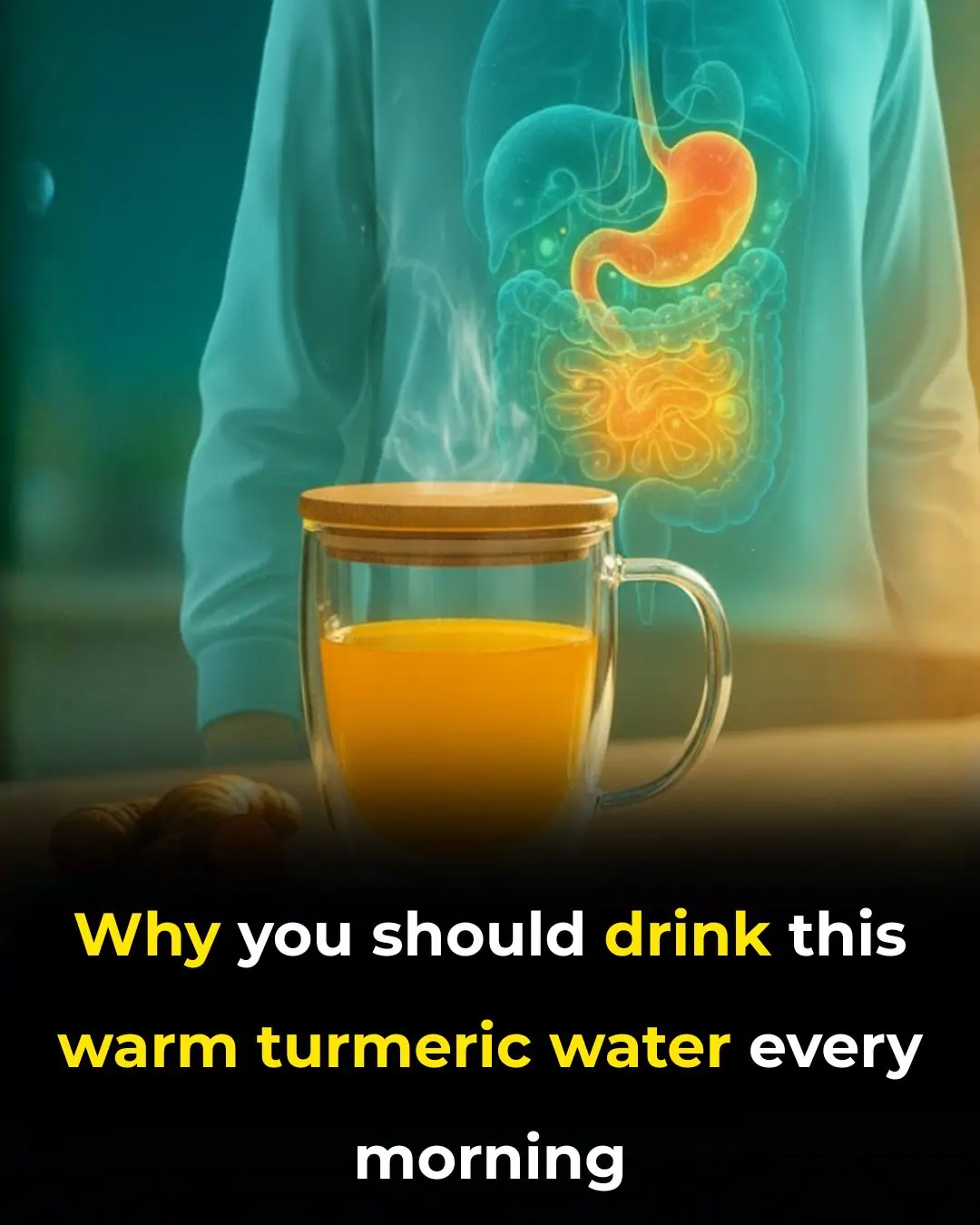
Why You Should Drink THIS Warm Turmeric Water In The Morning
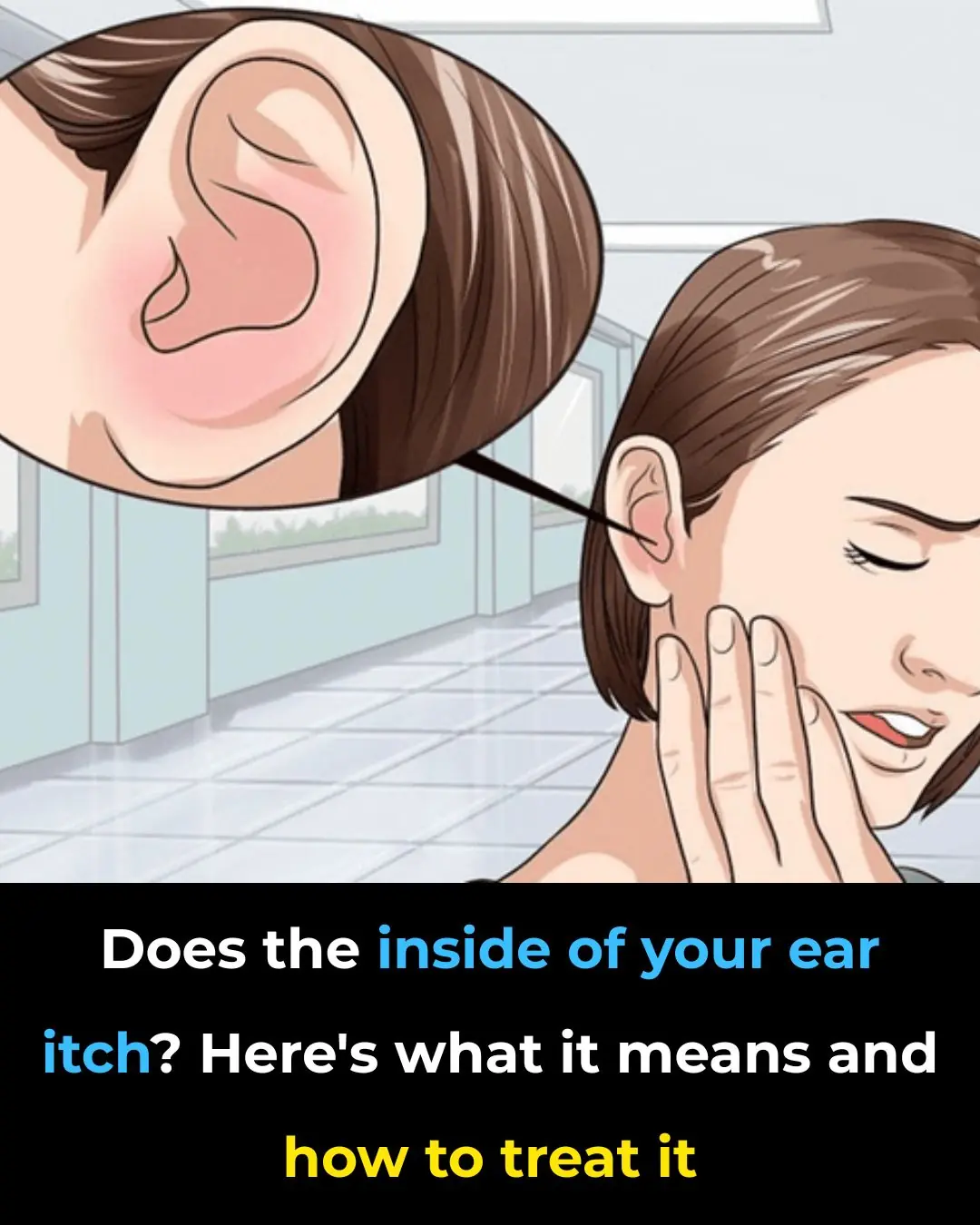
Does The Inside Of Your Ear Itch

Top 8 vitamins that boost testosterone
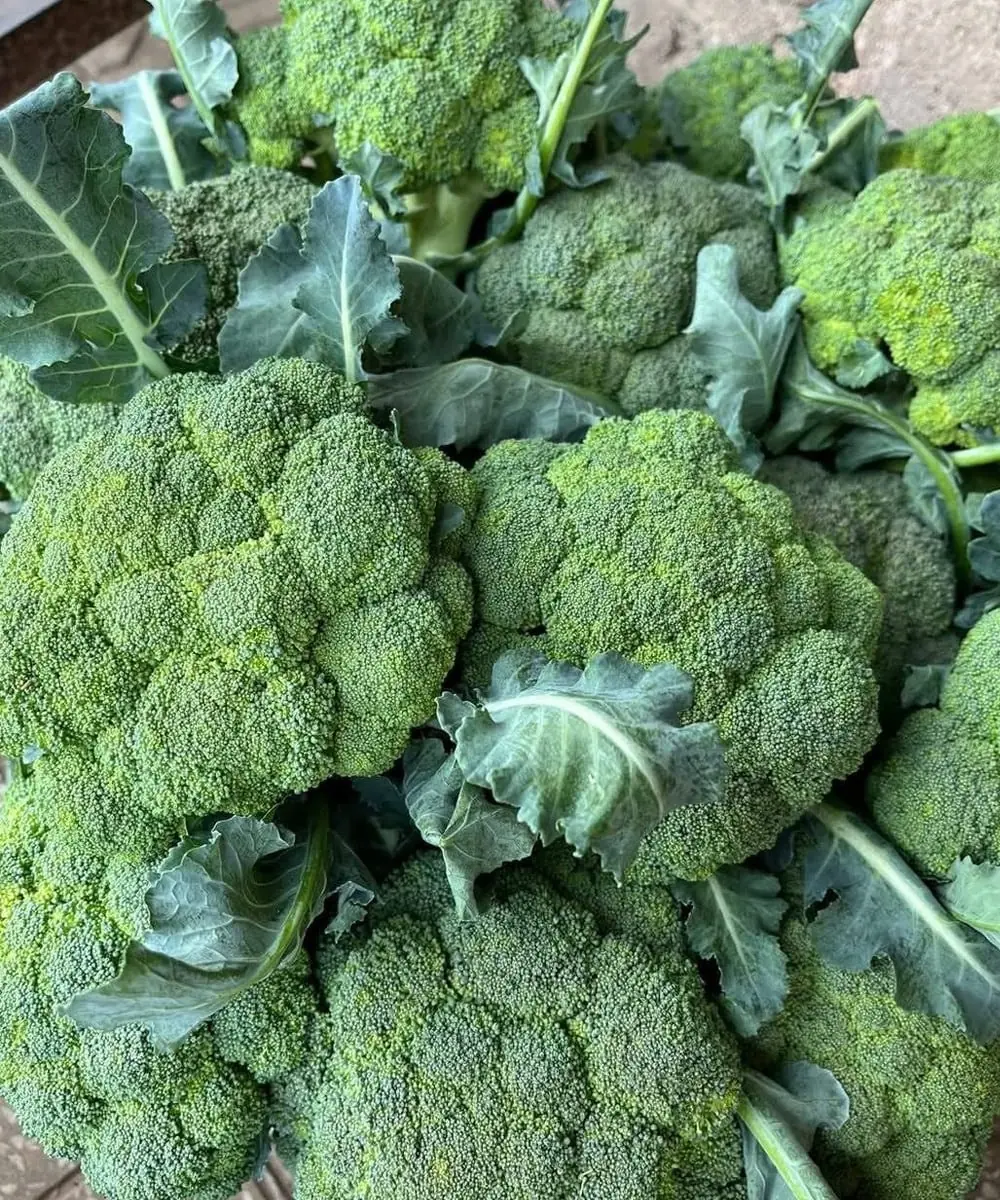
Is Broccoli Better Than Cauliflower? The Real Truth About Cancer Risk, Heart Health and More

Eat 3 dates daily and these 6 things will happen to your body!
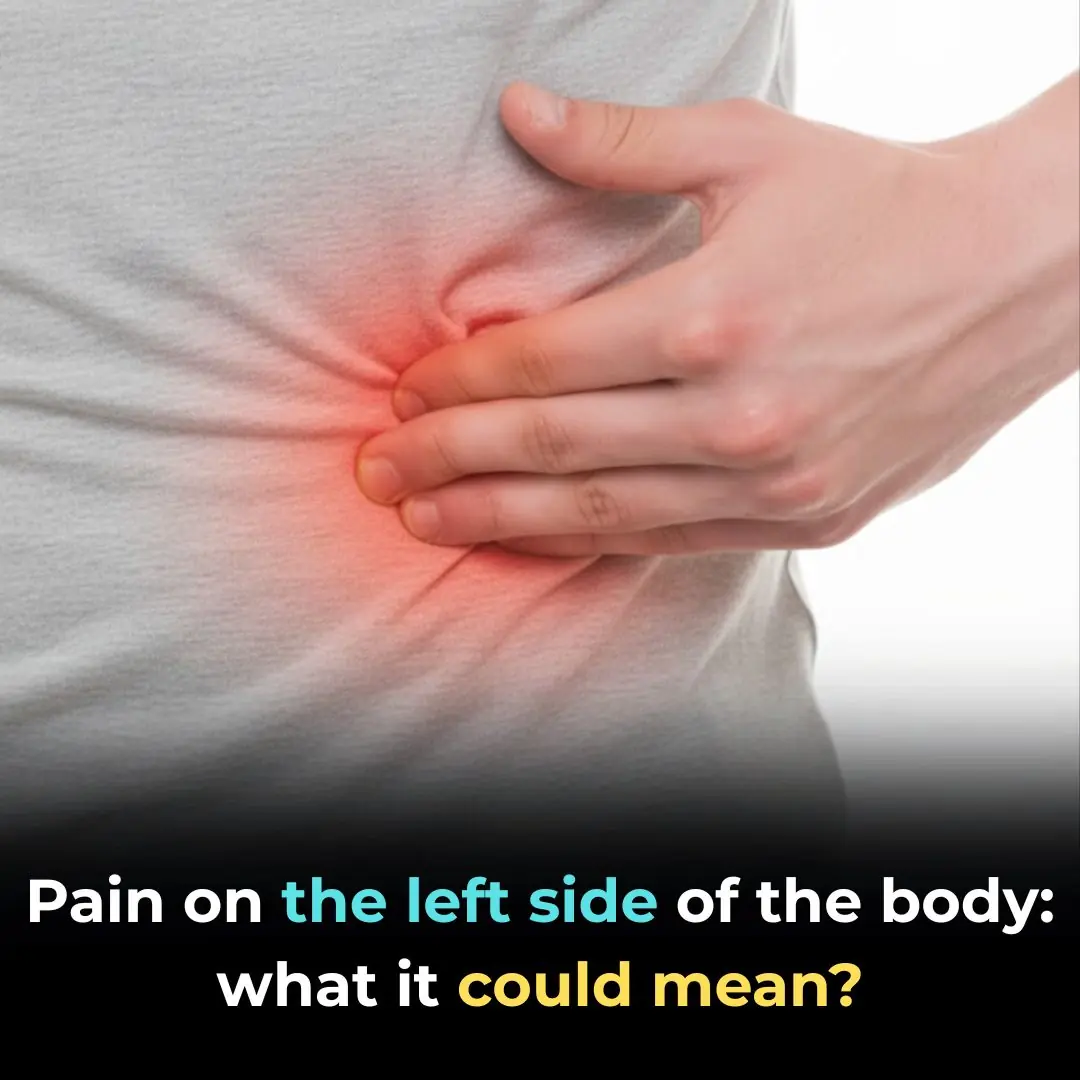
What Your Belly Is Trying to Tell You
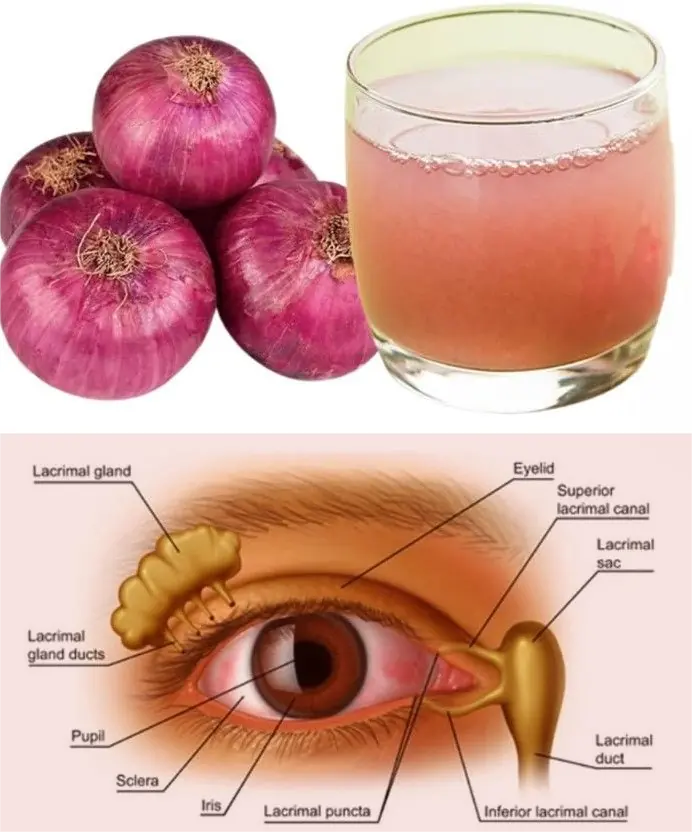
Can Onion Juice Gently Support Eye Health? A Natural Tip to Try

Bed Bugs Hate This! How Diatomaceous Earth and Cloves Can Wipe Them Out
News Post

5 Signs of Kidney Failure That, If Ignored, Could Lead to a Lifetime of Dialysis

Is Cancer Hereditary? Useful Advice to Prevent the Growth of Cancer Cells

4 types of people who should avoid eating cucumbers

10 Warning Signs It’s Time to Cut Back on Caffeine
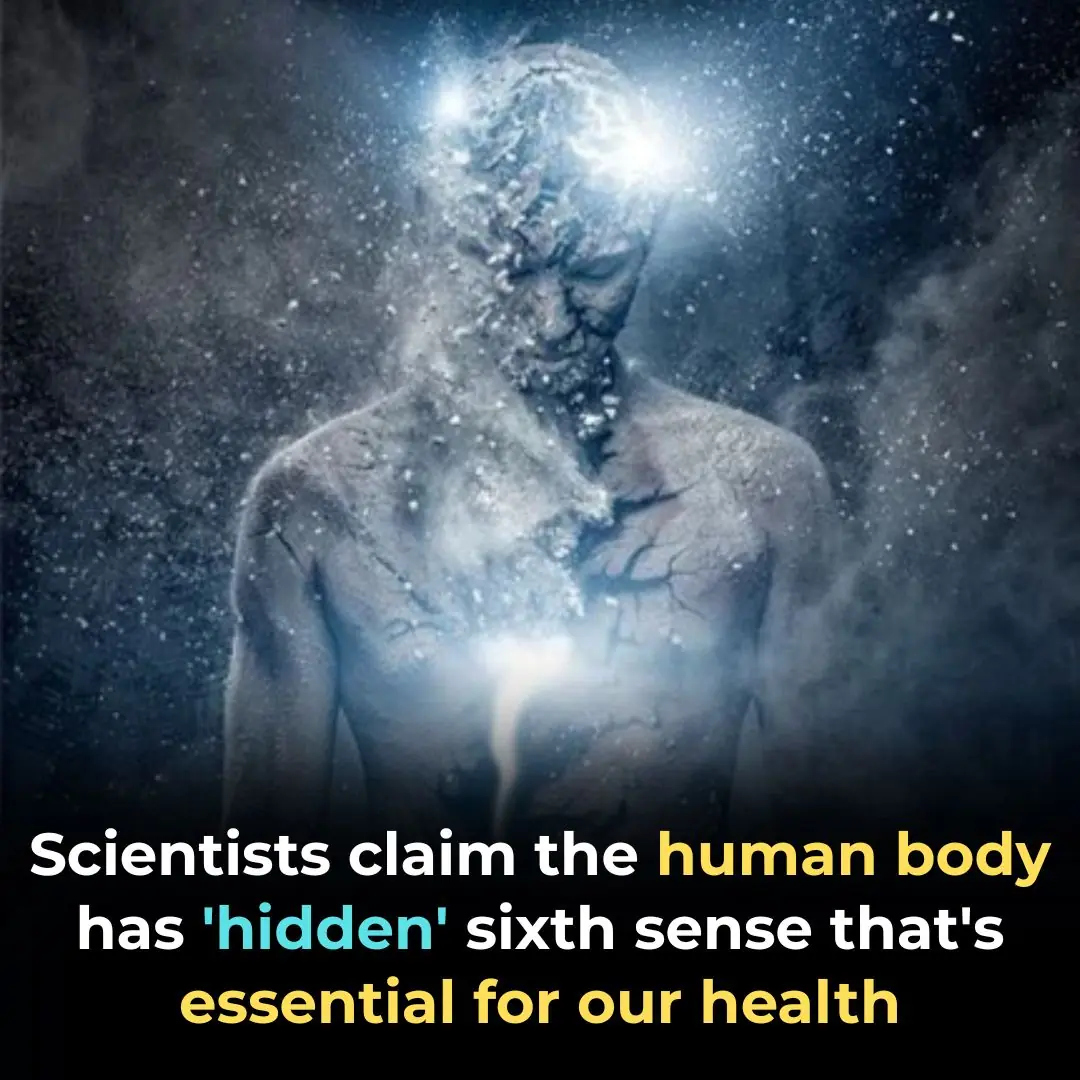
Scientists Reveal Interoception, the Amazing Sixth Sense of Humans

Stop throwing out old hoses. Here are 10 brilliant hacks to use them around the house

Shaun Wallace’s heartbreak over tragic family death: ‘I watched him physically degenerate’

EXCLUSIVE: Kerry Katona 'upset' over 'selfish' Katie Price as cracks show in friendship

You’re doing it all wrong. Here’s the right way to clean air vents

Big Brother fans fume ‘she can't get away with this’ as they slam housemate

My nana taught me this hack to get rid of lawn burn from dog pee in 5 mins with 0 work. Here’s how it works

You're doing it all wrong. Here’s the right way to store milk and dairy
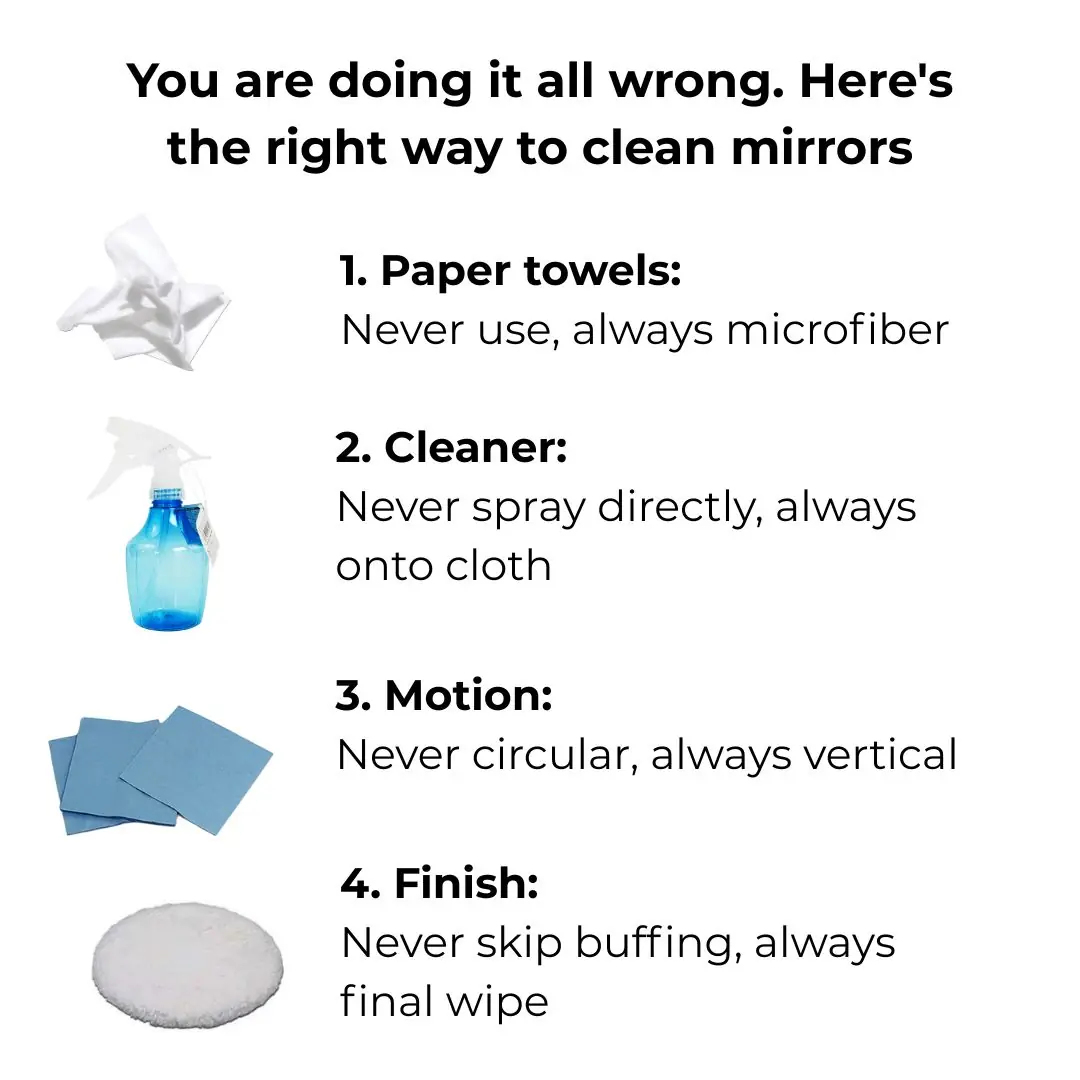
You are doing it all wrong. Here's the right way to clean mirrors
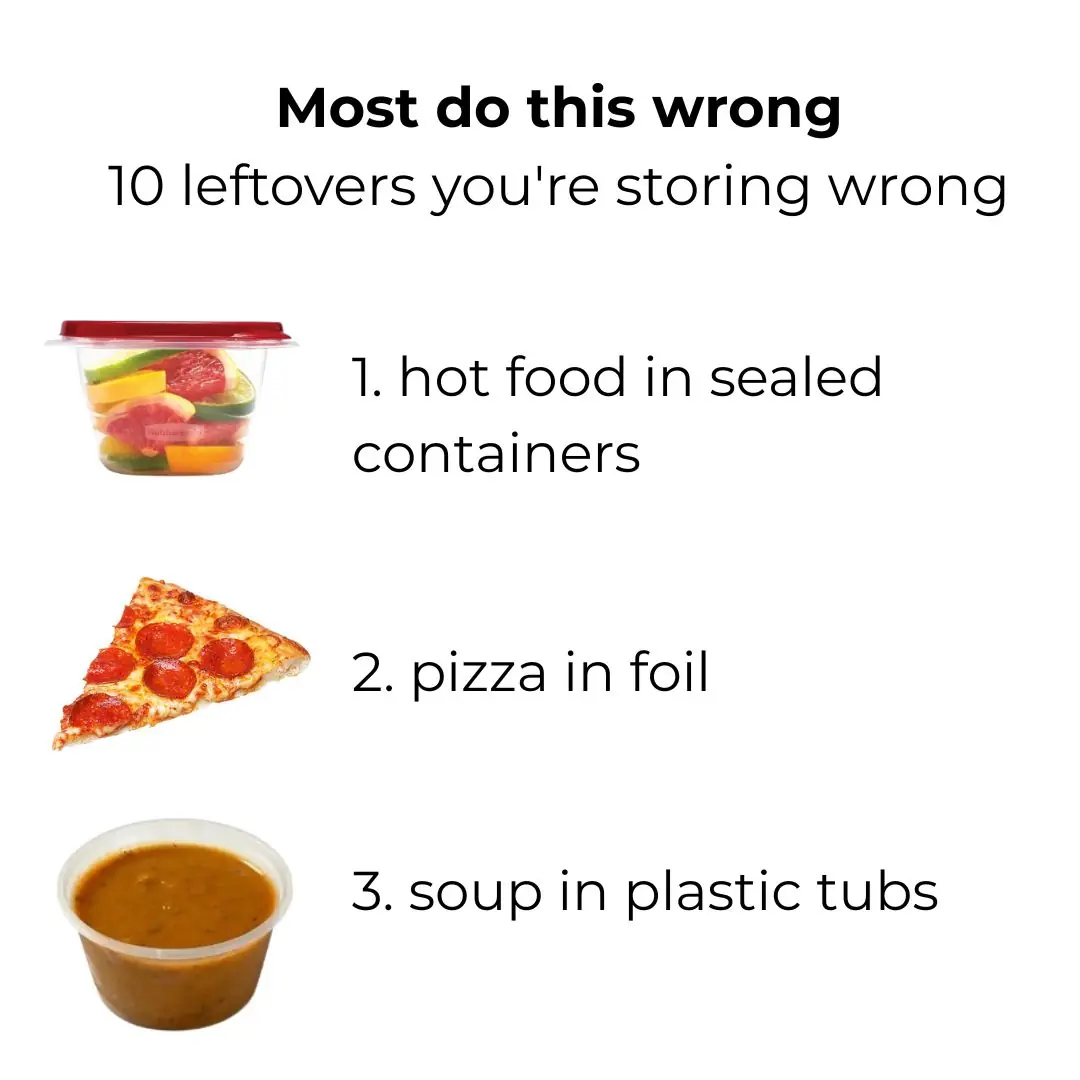
Most do this wrong. 10 leftovers you’re storing wrong
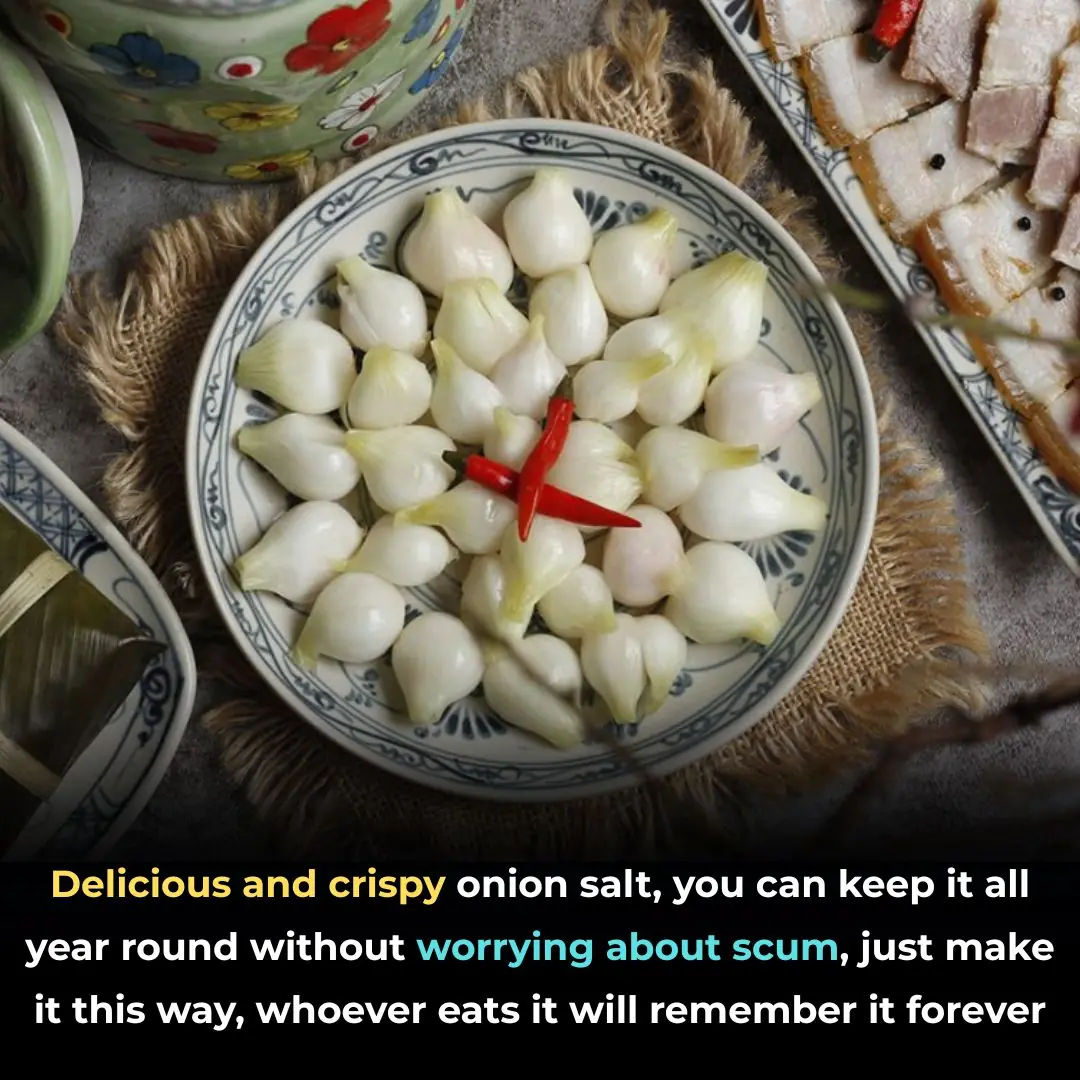
Delicious and crispy onion salt, you can keep it all year round without worrying about scum, just make it this way, whoever eats it will remember it forever

You are doing it all wrong. Here's the right way to store cleaning supplies

My nana taught me this hack to whiten yellow pillows in 5 mins with 0 work. Here’s how it works
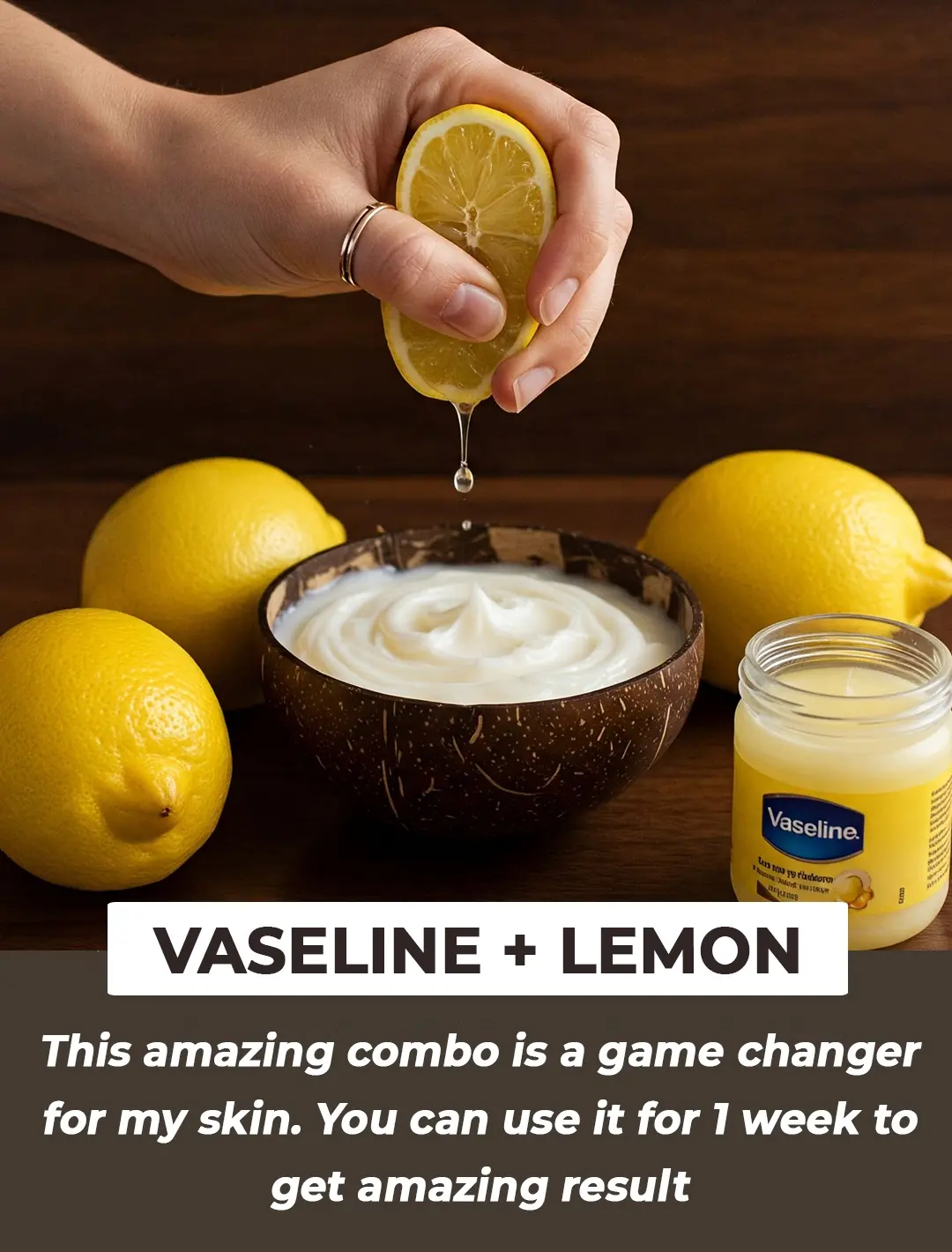
3 ultimate recipes using Vaseline & lemon to erase dark spots, clear acne and glow skin

These Seeds Can Do Magic On Your Hair
